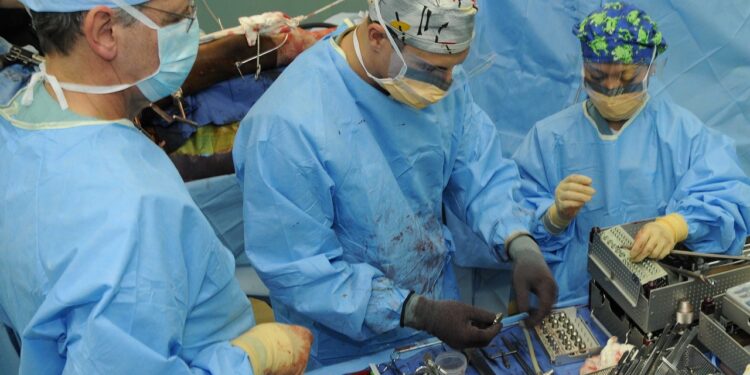Have you ever noticed that the smallest problem can cause the most discomfort? An example is an ingrown toenail that refuses to heal. If you’ve ever dealt with one, you’ll know how something small can throw you off the entire day.
There are a couple of treatment options for an ingrown toenail. But in a case where none of those options work, matrixectomy should be your next option. This procedure removes the part of the nail responsible for causing constant pain or infection. Let’s break down the steps involved in matrixectomy.

Surgical Procedure for Matrixectomy
Preoperative Preparation
The doctor will check for any underlying conditions that might complicate the procedure, like diabetes or circulatory issues. Once that’s out of the way, the area around the toe is cleaned thoroughly to reduce any risk of infection.
Anesthesia
Usually, the doctor will use local anesthesia, which numbs just the toe or finger that they are working on, so the patient stays awake but won’t feel anything in that area. Sometimes, regional anesthesia might be used to numb a large part of the foot or hand.
Surgical Techniques
For the matrixectomy, the doctor makes a small cut on the side of the nail where the injury is. If it’s a minor case of ingrown toenail, the doctor might remove just a part of the nail, which is known as a partial matrixectomy. But if the injury is major, the doctor might remove the whole nail, which is known as a total matrixectomy.
Furthermore, the doctor surgically removes or destroys the nail matrix using chemicals, to prevent the nail from growing back. After that, the area is cleaned and a bandage is applied to keep it sterile and help it heal faster.
Post-operative Care
Once the procedure is done, there are a few things the doctor would advise you to do in order to make the healing process go well. After the procedure and the anesthesia wears off, the pain becomes more evident. But using the recommended painkillers like ibuprofen would help to reduce the intense pain.
There would be a bandage on the treated area. Your job is to make sure that the bandage is clean and dry to prevent infection. Once you are back home, remember to elevate the treated foot or hand, to reduce swelling.
Avoid putting too much pressure on the affected area. So you’d probably be wearing things like open-toed shoes or loose clothing. Finally, make sure you go for a follow-up check up so that the doctor can see how well you’re healing, and probably recommend more medication and tips to help you heal faster.
Bottom Line
Matrixectomy might sound like a minor procedure, but it’s a game-changer for anyone dealing with stubborn ingrown nails. Removing the nail matrix stops the problem from coming back. If you’ve tried everything for your ingrown nails and nothing’s worked, matrixectomy could be the long-term solution you need.

















